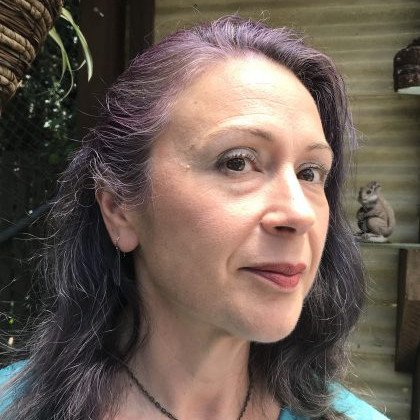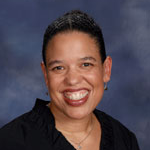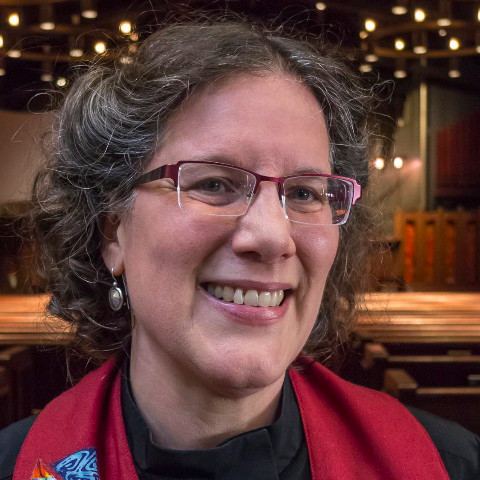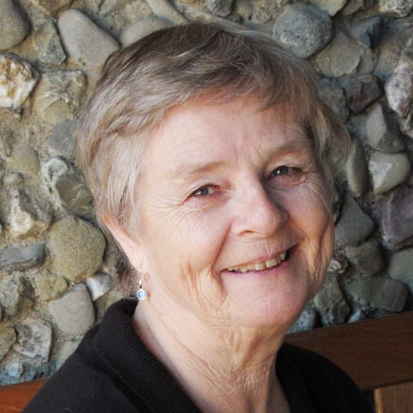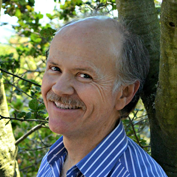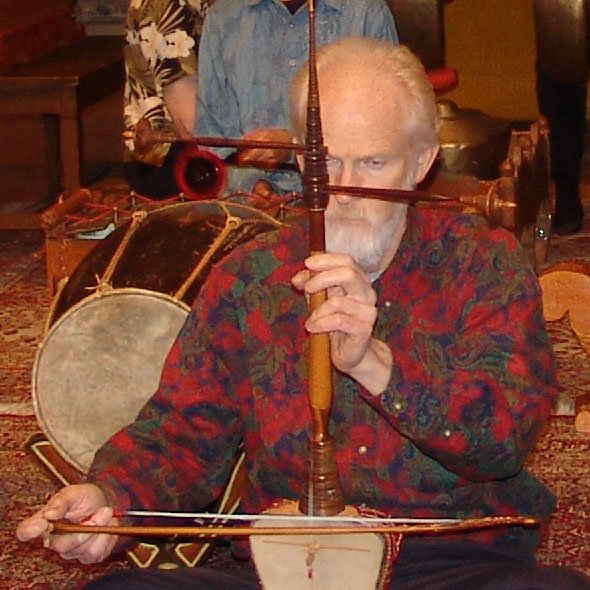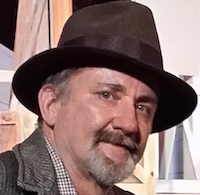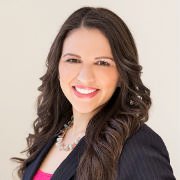First six years
The First Unitarian Church of Berkeley was founded on Sunday, July 12, 1891, in space rented from the Berkeley Odd Fellows Temple, then on Shattuck Street, a couple of blocks south of its present location. Some have said that this first meeting was held in a saloon on the first floor, but if so, suitable quarters were found for subsequent meetings.
Details of what happened before that July 12 meeting have gone with the founders to their graves, but it has been said that, as early as Easter of the year, some were, in the idiom of those horse-drawn carriage days, “champing at the bit to get going.”
On that great Founders Day, 32 charter members signed the book. A few more signed the following week, and by the end of the year, membership was 50. Then, as now, there were as many who didn’t sign the book as did, so that the total church family was approximately 100.
First Board of Trustees
On Sunday, July 19, Rev. Thomas Van Ness came to extend the right hand of fellowship to the new congregation. On Sunday, July 26, the first Board of Trustees was elected, followed immediately, as today, by the Board’s election of officers, as follows: N.S. Trowbridge, Chair; W.H. Payson, Secretary; D.L. Bishop, Treasurer; J. L. Scotchler; Prof. Mellen W. Haskell; A.W. Jackson; H. Sangster. As might be expected of a Unitarian church in the shadow of a university, two board members were professors. The others were prominent in Berkeley’s business and social life. Most, including Trowbridge, served in Board capacities for much of the following decade. The descriptions of two of them are typical:
It was learned from a distant relative, Mrs. Wm. R. Cox of Alameda, that Trowbridge had come with his parents from the East in a covered wagon, was a prominent businessman in real estate and was once a candidate for Regent of the University though not elected.
From a grandson of the same name, we know that Joseph Scotchler was born in San Francisco in 1856, was graduated from UC in 1878, moved to Berkeley in 1880, was an officer of an insurance company and prominent in Berkeley affairs. He was a boyhood friend of George Pardee, also a Unitarian, and they gave the two student speeches at their UC graduation. Pardee became a governor. Scotchler, a very outgoing person, was a member of the Berkeley Board of Trustees and, in 1893, its president, which is equivalent to today’s mayor.
Congregation, Committees, First Actions
The zeal and determination of our church’s founders and their thoroughly democratic decision-making on every matter is especially impressive. There were frequent after-service meetings of the Board and/or the congregation, but over the years, as the church grew, meetings of the congregation became fewer and fewer. One wonders if this is all for the good. Probably avoidable.
The first committee formed was a Music Committee, and it immediately authorized spending $2.25 for music. By October 11, it was decided to buy 20 hymnals and 40 “service books,” and by November 8, 25 more hymnals had to be purchased. Bertha Brehm, the first church organist, was paid a salary of $5 a month.
In September, the church’s first piece of printing became available, a church constitution. In December, a second printed piece appeared, asking for pledges. By January 10, the first $1,000 had been collected or pledged. On February 14, the third printed piece came out, a brochure telling what the church had to offer: services, Sunday School, Women’s Auxiliary and the Unity Club (then forming).
The good women of the church had their firsts, too. On October 28, 1891, the First Annual Meeting of Women’s Unitarian Conference of the West Coast met in Los Angeles, and some of the Berkeley church’s women attended. By February 12, 1893, those women and others of the church family had their own Women’s Auxiliary ready to go. Mrs. Jane Thomas was elected President, Mrs. Kate Trowbridge, Vice President and Miss S.T. French, Secretary-Treasurer. Church member Captain Thomas lent his stereopticon and war scenes for entertainment. Not long after organizing, and often since, the Women’s Auxiliary has saved the day by coming forward with critically needed loans or contributions. For example, on May 28, 1893, the church, $240 in debt, decided to try to borrow $75 from the Auxiliary. They came through with $125 and the Unity Club, now flourishing, contributed another $75.
1892-1897 – First Minister, Edward A. Payne
When organization of the Berkeley church was begun, the AUA offered to contribute $1,000 toward a minister’s salary for the first year. They did not make it clearly understood that they were thinking that $500 of their $1,000 would be minister’s salary and $500 would be the salary for the head of the proposed seminary. Then, in December, when the first minister was being hired, Superintendent Van Ness explained what the AUA had meant. The congregation would have none of it, and finally had its way. With the AUA’s contribution, $500 from the Pacific Unitarian Conference and $500 from the church, the first pastor’s salary was a workable $2,000.
Beginning in the fall of 1890 and all through 1891, Wendte and Van Ness sought unsuccessfully to find a qualified pastor-seminarian who would come to this “remote,” doubly-challenging, doubly-uncertain assignment. In the meantime, the congregation found its own minister, nearby Edward A. Payne. He was pleased that it was a minister-only call. The congregation loved him and were fiercely loyal to him and he did a thoroughly satisfactory job. However, the AUA never indicated sincere satisfaction with his efforts, and probably took its pique over the seminary-salary matter out on him. As a result, the church “severed diplomatic relations” with AUA for a time. Payne resigned during the first half of 1897 “to write.”
The new church especially wanted to attract students, “to fill the vacuum for discussion of religious matters” that then existed on the UC campus. Payne’s appeal to the students, included here, is an excellent statement of Unitarianism. The Berkeley church always enjoyed a good relationship with the students and made its facilities available to them for meetings, parties and plays. Comparable facilities did not exist on campus until after UC President Benjamin Ide Wheeler, in 1899, began agitating for what became Stephens Union and Eshleman Hall.
1892 to 1897
In its first six years, the First Unitarian Church of Berkeley experienced just about every difficulty a new and growing congregation could experience. While Wendte and Van Ness had helped with Sunday sermons that first half-year, member Prof. Mellen W. Haskell, as “supply” minister, did most of them for $10 a Sunday. After January 1, of course, Rev. Payne’s salary had to be paid.
The Odd Fellows Hall facilities soon proved inadequate and the church rented Stiles Hall from the University, continuing this arrangement until it could build a church, despite complaints form other churches that that was a “violation of church and state.” Stiles Hall was a large community-sponsored YMCA at Allston and Dana, just north of where the first church was located.
Finances were always a problem. The AUA was most considerate and repeatedly helpful. The Panic of 1893 brought extra difficulties for both the local church and the national organization and the AUA completely shelved the idea of a Pacific Coast seminary. Almost everything done by the church came under the guise of “refinancing” and was a maze of transactions, borrowings from members, funds and banks.
The women’s group was always a money-making body and borrowing from them was done at a rate of 1% interest, whereas borrowing from the bank was 7 to 8%. Maybe the women’s awareness of this discrepancy led to the election of the first woman to the Board of Trustees, Miss Carolyn Bates, April 3, 1895. “Treasurers wore out fast, at the rate of 5 to 1 for chair [persons].”
Some members organized a separate corporation to buy land, presumably because the church had no financial standing and to prevent losing all should the church fail. The church experimented with having one member solicit all who did not promptly pledge, but that must not have been productive for it was not tried a second time.
Despite all the financial difficulties, the continuing effort to buy a desirable and affordable site for a church, begun in 1893, was completed in 1897 as membership and potential income had grown to where planning became feasible. Well, almost.


